Home / Patient Success / How PRP and orthobiologics helped Debra
How PRP and orthobiologics helped Debra

A bend here, a lift there, and next thing you know, two years of pain.
That’s what happened to Debra Trindle and her back. The Phoenix resident isn’t sure how she injured her back, but a November treatment with Dr. Michael Wolff, MD, at Southwest Spine & Sports surpassed her expectations. “I had orthobiologics combined with Platelet Rich Plasma (PRP) at 2:30 p.m. and woke up the next morning pain-free for the first time in two years,” Trindle, 60, said.
She didn’t jump or dance wildly or run a marathon that day. “I didn’t change anything,” she said. “I didn’t think it was smart to test the bounds.” Trindle, a retired air traffic controller, continued to pamper her back and be mindful to not make twisting motions or take her back injury – despite the immediate relief – for granted. After all, the pain had been so severe Trindle said it was impacting her quality of life. She had to stop all exercise for core work two years ago after either bending the wrong way or lifting the wrong way and tearing a tendon between the L4 and L5 vertebrae in her (lower) back.
Trindle’s injury was a combination of the degenerative disc disease and internal disc disruption, called an annular tear. This occurs when the disc’s outer layer, the annulus, degenerates and develops tears, effectively becoming an incompetent and painful disc. The discs function to provide cushioning between the vertebrae, the disc functions much like shock absorbers. When they are degenerated or develop annular tears, they don’t function well, and a person feels low back pain.
“I’m looking forward to getting back to exercising,” Trindle explained. “That’s the number one thing right now. It was undo-able for a year. My disc tear was so bad, my neurosurgeon restricted me from doing anything at all, even the treadmill.” She couldn’t exercise or lift anything over 10 lbs. Her activities were limited secondary to the pain and fear of the disc degeneration with annular tear progressing into a herniated disc. If that happened, Trindle was told she would be even worse off.
The neurosurgeon who treated Trindle referred her to Southwest Spine & Sports. Before that referral, though, he had to deliver the bad news with the good. “The good news is that you don’t need surgery,” she recalls him saying. “The bad news is I can’t help you.”
Trindle doesn’t know if she would have found Southwest Spine & Sports without the referral. But now, she’s a big proponent. “I would refer others for this with every fiber of my being,” she said. “For people with degenerative disc disease and annular tears and or any disc problems, I recommend highly they consult Southwest Spine & Sports, if nothing else, on this type of treatment.”
TAGS












